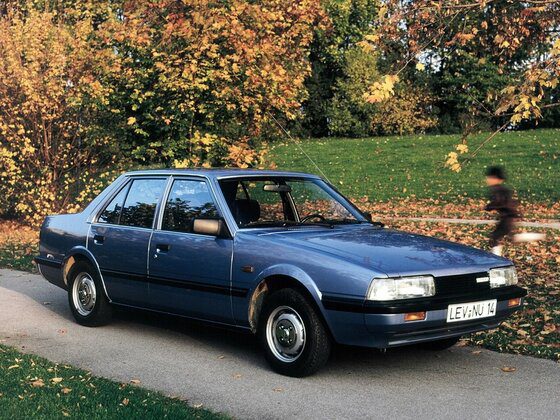
Types and arrangement of additional interior heaters
In a cold winter, a regular car stove may not be enough. In this case, an additional interior heater comes to the rescue. This is especially true for residents of the northern regions, where the air temperature in winter drops to -30 ° C and below. Now on the market there are many models of heaters and "hair dryers" that differ in price and efficiency.
Types of heaters
An additional heater helps to quickly warm up the car interior to a comfortable temperature, warm up the engine or warm the windshield from ice. This takes less fuel and time as the warm air enters the machine immediately. According to their structure and principle of operation, four types of heaters can be distinguished.
Airy
The first representatives of this category are the usual “hair dryers”. Heated air is supplied to the passenger compartment by fans. There is a heating element inside. In modern models, ceramic is used as a heating element, rather than a spiral. This allows you not to "burn" the air in the cabin. Works in the same way as a regular hair dryer. Typically, these fans are connected via a 12 volt cigarette lighter. There are 24 volt models. Due to their low power, they are unable to quickly warm up the entire interior, but they are quite capable of warming the windshield or the driver's seat area. The power of such devices cannot exceed 200 watts, otherwise the fuses will not survive. These are small mobile devices that are easy to install and remove when needed.
Other air heaters use fuel (diesel or gasoline). Fuel is supplied by the fuel pump. They have a cylindrical shape. There is a combustion chamber inside. The mixture is ignited with a candle. The air from the passenger compartment flows around the flame tube and combustion chamber, heats up and is fed back by the fan. Exhaust gases are discharged to the outside.
The auxiliary heater is mainly used for buses and heavy vehicles. When parked for a long time, there is no need to turn on the engine to warm up and waste fuel. The air heater is very economical. It uses 40 times less fuel than the engine would need. Different models are equipped with a timer, temperature control system and other modes. The built-in electrical module turns off the device in case of overheating.
The advantages of air heaters are:
- low power consumption;
- simplicity of the device and efficiency;
- easy installation.
Among the cons are:
- heating only the interior of the car;
- the need to install branch pipes for air intake and exhaust;
- takes up extra space in the cockpit.
Liquid
These are the most efficient models. They are built into the standard heating system and are installed in the passenger compartment or under the hood of the car. Antifreeze or other coolant is used in the work.
Such devices are a unit in which the combustion chamber is located, fans. Installation may require an additional pump to increase the coolant pressure. The heat from the combustion chamber heats up the coolant that flows through the radiator. The fans supply heat to the passenger compartment, and the engine also warms up.
Air is supplied to the combustion chamber to support combustion. The glow plug ignites the fuel. An additional flame tube increases heat transfer. The exhaust gases are discharged by a small muffler under the vehicle's underbody.
In more modern models of water heaters, there is a control unit through which the battery charge and fuel consumption are monitored. When the battery is low, the device automatically turns off.
You can turn on the additional heater through the key fob, from the passenger compartment or remotely.
The advantages of liquid heaters are:
- economical fuel consumption;
- efficient heating of the passenger compartment and engine;
- the ability to install in the engine compartment.
Among the cons are:
- complex installation, certain skills are required for installation;
- high price.
Gas
Propane gas is used as a working substance in such devices. The principle of operation is similar to liquid heaters, only gas heaters do not depend on the vehicle's fuel system. Gas is supplied through a special reducer. The gas enters the combustion chamber through the burner, which atomizes the fuel. The control unit regulates pressure, spray power and temperature. Combustion products are discharged outside, only heat remains in the cabin. Such devices are not inferior in efficiency to others, and sometimes even surpass.
electrical
Electric heaters require 220 volts to operate. The heater is connected to the vehicle's heating system. The liquid in the housing gradually heats up and expands. The pump circulates the heated liquid through the system.
The big drawback of electrical models is the need for household voltage to work. The plus is that only electricity is consumed, not fuel.
Installing an additional heater of any kind will help warm up the interior and warm up the engine in the cold season. To install such devices, it is better to contact a specialized center, since this is a rather complicated installation, especially in the case of a liquid version. You also need to strictly follow the rules for operating the additional stove.
